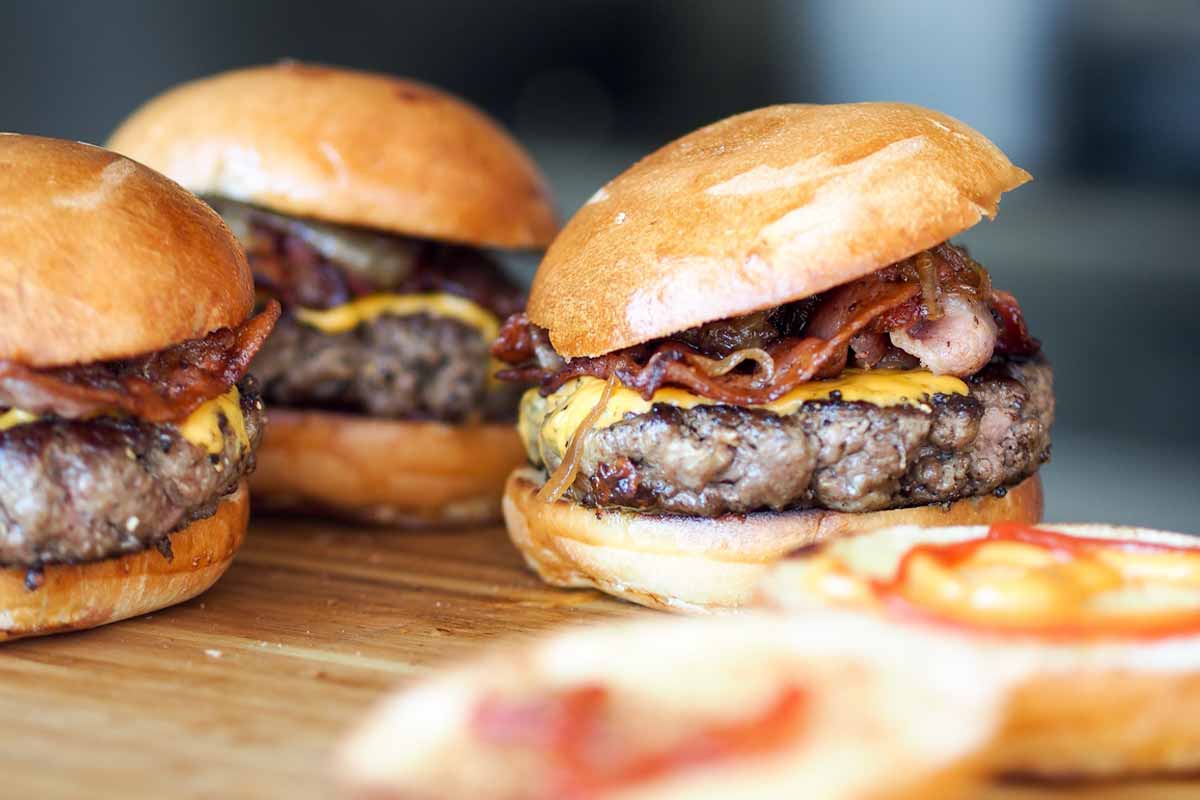You can feel it the moment the sign lights up an iconic fast food chain tugging at memory. Grease on paper, a bell at the counter, the comfort of something you’ve known for years. We act like today invented hype and mergers and splashy rebrands. Take a breath and look back. This story’s been looping for decades, and Roy Rogers is riding back into frame.
The long loop of American drive-thrus
Brands rise, fade, and circle back like old songs on the radio. We celebrate golden arches and buckets, yet the road once glittered with other names. Bennigan’s, Arthur Treacher’s, Chi-Chi’s, bright promises that dimmed or spun off course. Even giants took their lumps, some trudging through bankruptcy courts and comeback tours. Roy Rogers never vanished, not completely, just drifted into the background hum of travel plazas.
In the eighties and nineties, the logo lived on interstates like mile markers. Then the map shrank, and a generation grew up without that red-vested cowboy. The appetite for an iconic fast food chain never left; it only needed the right invitation. That hunger isn’t only for food. It’s for a familiar ritual that says, You’re on the road, and you’re home anyway.
Iconic fast food chain
Roy Rogers is a Hollywood name stamped onto a very American idea. The man was the “King of the Cowboys,” but he didn’t build the brand. Marriott did, after buying RoBee’s, a roast beef outfit with a western vibe. Arby’s challenged the look and the name, sparks flew, and lawyers got busy. A board member knew Rogers’ agent; a handshake later, the chain had a star.
The first restaurant opened in Falls Church in 1968, and growth hit a gallop. Marriott folded in other small concepts, added fried chicken and burgers, and found a lane. Three pillars on one menu felt bold at the time, and people loved the choice. You could feed a carload without an argument. For a while, that is exactly what an iconic fast food chain looked like.
Booms, sell-offs, and the quiet middle years
Success doesn’t guarantee safety; ask any franchisee with sleepless nights. By 1990, the brand peaked, and then Marriott sold to Hardee’s. Conversions followed, hundreds of stores switching signs like jerseys after a trade. Wendy’s and McDonald’s scooped up locations, and the footprint thinned by the year. The early 2000s saw fewer than a hundred flags left flying. Still, the brand kept a pulse in the Mid-Atlantic, tucked into turnpikes and neighborhoods. In 2002, Jim and Pete Plamondon stepped in, sons of an original franchise hand. They bought the rights, closed the weakest shops, and listened to the mail. Fans wrote like old friends, asking for one more store near home. That stubborn affection is the secret fuel behind an iconic fast food chain revival. It isn’t just sauce recipes; it’s stories wrapped in wax paper.
The comeback playbook, extra napkins included
Growth returned on tiptoes, not in a sprint. New kitchens appeared across Maryland and Virginia, refreshed yet familiar. The company patched roofs, upgraded fryers, and polished the brand without sanding off its charm. They kept the fixin’s bar because people asked for it by name. A little lettuce, a heap of onions, a reckless pour of barbecue sauce. You don’t need a focus group to know how that feels.
By 2025, the Philadelphia region saw a fresh opening in Cherry Hill. Lines wrapped past parked cars, the way nostalgia lines tend to do. Families posed with trays; old-timers told kids about three-item combos and long-gone exits. This is how an iconic fast food chain climbs back—one community at a time. No fireworks, just hot food, fair prices, and a brand that remembers your order.
Why this matters beyond one cowboy sign
Every comeback tells us something about how we eat and gather. Choice matters when you’re feeding a family with mixed opinions. So does pace: quick, friendly, and predictable without feeling stale. Roy Rogers’ three-lane menu roast beef, burgers, chicken still covers a lot of ground. It travels well, comforts late, and satisfies on long drives and short lunches. The trick is balance: modern operations, cleaner stores, and recipes that still taste like yesterday. Add a digital menu board that doesn’t shout, and an app that actually works. Keep the hospitality low-key and real, especially when the dining room is loud.
The comeback isn’t guaranteed; it never is in this business. Yet there’s space in today’s crowded field for an iconic fast food chain with a clear voice. Not louder, just warmer. A place that understands why a fixin’s bar can feel like freedom. That small act make it your way, no eye rollsgo es further than a billboard. If the next wave keeps that spirit, the brand won’t just return. It’ll belong again, which is rarer than buzz. And when the road calls, you’ll know exactly where to stop.
